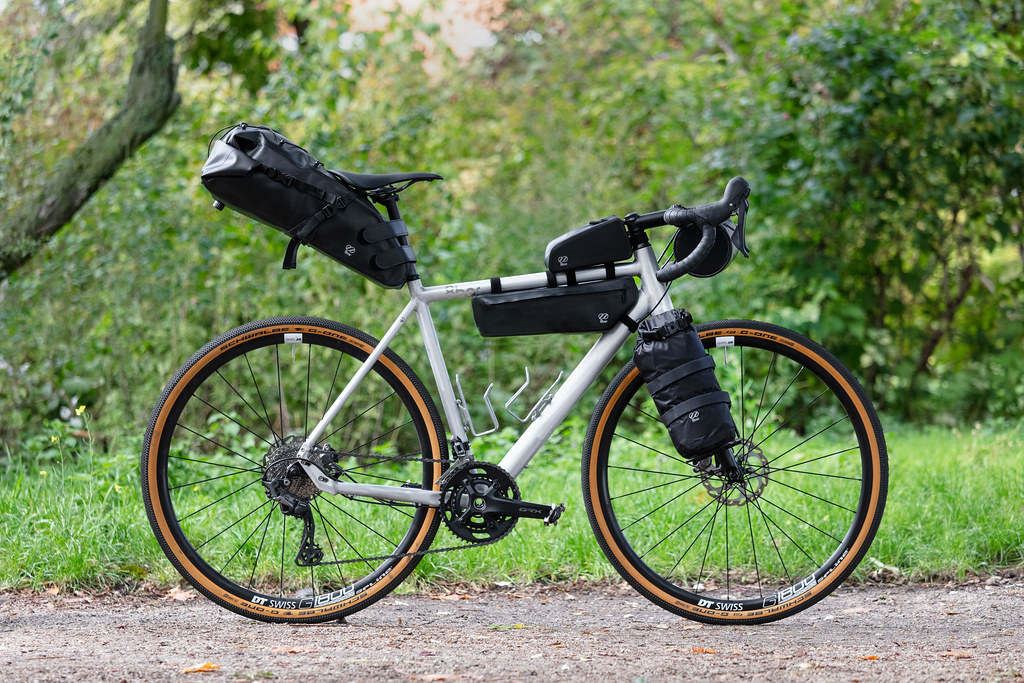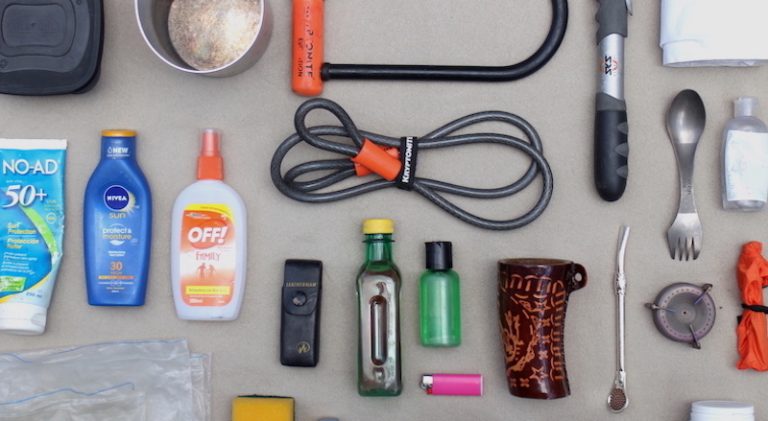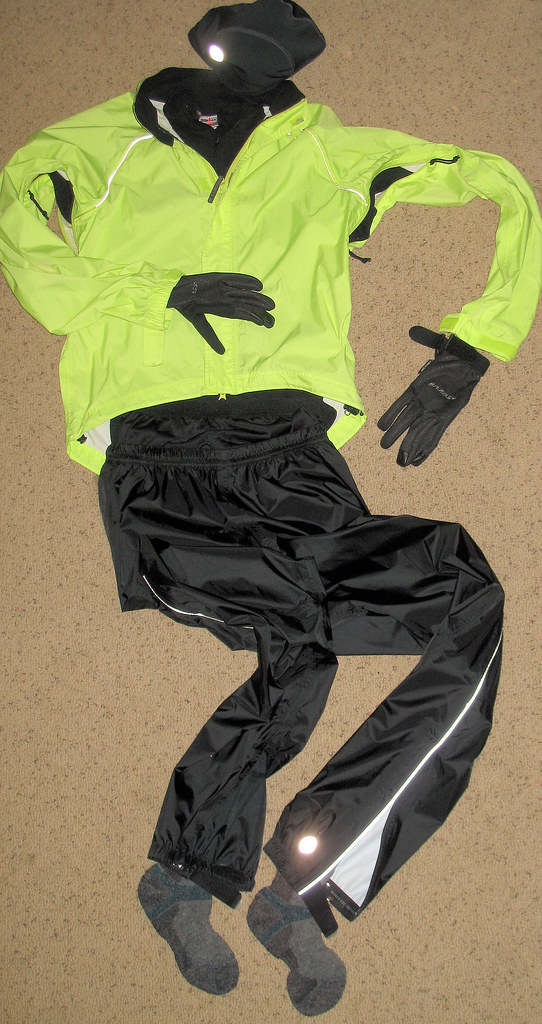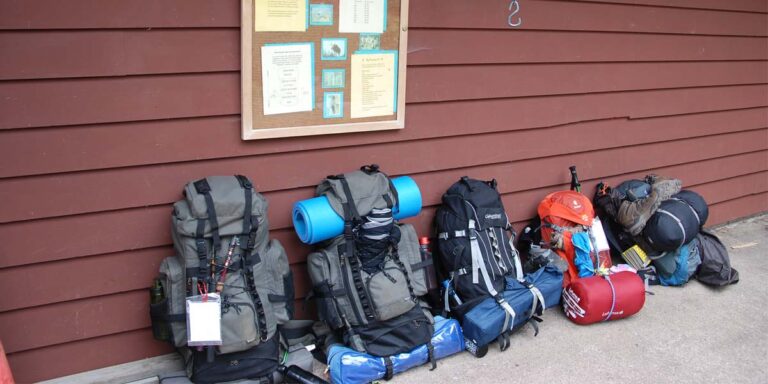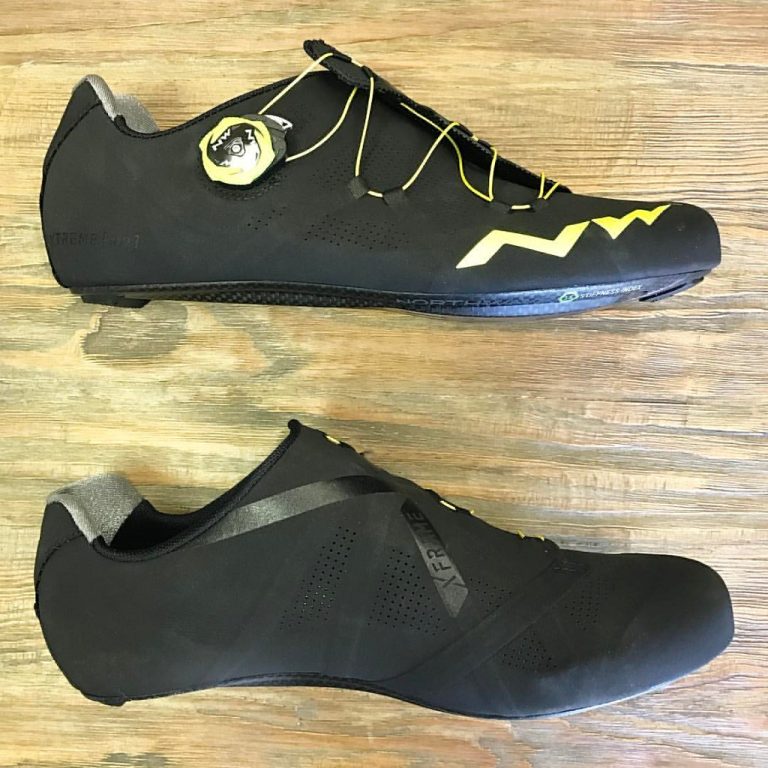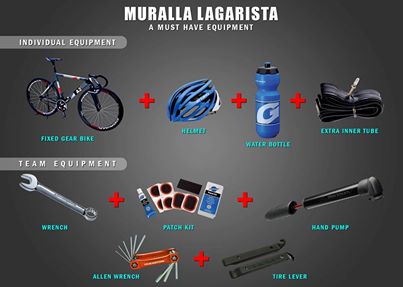“`
Bikepacking essentials for ultra-rides: Your Ultimate Guide
In recent years, bikepacking has become an increasingly popular activity among cyclists seeking adventure and challenging themselves beyond traditional cycling paths. Whether you’re an experienced long-distance cyclist or a beginner looking to embrace the thrill of bikepacking, understanding the essentials for ultra-rides is crucial for a successful journey. In this guide, we’ll delve into bikepacking gear, ultralight considerations, bikepacking food, and much more to ensure you’re fully equipped for your next adventure.
Introduction
Embarking on a bikepacking adventure requires thorough preparation and understanding of what constitutes bikepacking essentials for ultra-rides. Cyclists venturing into multi-day rides on off-road trails need to ensure their gear, nutrition, and safety are carefully considered. Successfully preparing for such a journey can significantly enhance cycling performance metrics and prevent common mishaps.
Why Bikepacking Essentials Matter
Bikepacking essentials are crucial for maintaining performance and safety during ultra-rides. By equipping yourself with the right bikepacking gear, tools, and techniques, you improve your endurance, ensure efficient navigation, and handle unexpected challenges efficiently. Furthermore, understanding cycling performance metrics can help you gauge your progress and optimize your rides.
Main Body
Training Techniques for Cyclists
Preparing for ultra-rides requires proper training techniques that focus on endurance cycling. Cyclists should begin by increasing their weekly mileage gradually, gaining the stamina needed for long-distance cycling. Power-based training and interval training are advanced techniques that help enhance strength and endurance. Incorporating these into your routine can lead to improved VO2 max, allowing you to ride longer and more comfortably. Using power meters to track performance metrics will give real-time data on your improvements.
Best Nutrition Practices for Cyclists
Nutrition is a pivotal component of bikepacking, fueling your body to withstand the rigor of multi-day rides. A well-balanced diet before embarking on your journey is essential. During the ride, regularly consume bikepacking food such as energy bars and energy supplements to keep energy levels high. Aim to consume around 30-60 grams of carbohydrate per hour of riding, adjusting for personal needs and intensity of the ride.
Additionally, hydration systems, such as water bladders or bottles, are crucial to maintaining proper fluid levels. Hydrate consistently to prevent fatigue and overheating, ensuring that you’re drinking according to the demands of the ride and climate.
Cycling Safety Tips
Safety should never be compromised during ultra-rides. Essential bikepacking safety tips include wearing appropriate bikepacking clothing that suits the weather conditions. Lightweight, moisture-wicking cycling apparel provides comfort and sweat management. Weather protection gear such as rain jackets or thermal layers should be included in your bikepacking packing list to handle unpredictable weather scenarios.
Bike maintenance kits are a must-have, equipped with bicycle repair tools like a multi-tool, spare tubes, and a patch kit. Regular bike inspections and knowing how to perform minor repairs can save your ride from unexpected interruptions.
How to Choose the Right Cycling Gear
Choosing the right gear is fundamental to your bikepacking success. Opt for ultralight bikepacking gear to avoid overloading your bike and to focus on efficiency. This includes selecting the appropriate bikepacking bags that distribute weight evenly. Handlebar bags, frame bags, and saddle packs are popular choices that balance weight without compromising handling.
Bikepacking shelter is another critical choice; compact bikepacking tents or bivy sacks provide rest without the bulk. Lightweight sleeping bags add to comfort, offering warmth without extra weight.
Cycling Cadence and Performance Metrics
Understanding cycling cadence and tracking performance metrics help in optimizing your ride efficiency. Maintaining a steady cadence, usually between 80 to 100 RPM, enables you to conserve energy over long distances. Employing bikepacking electronics, such as cycling computers and heart rate monitors, assists in navigating bikepacking routes effectively and monitoring performance metrics.

Advanced Techniques: Power-based Training and Mental Resilience
Cyclists focusing on ultra-rides should consider power-based training to enhance cycling performance. Using power meters not only helps in monitoring effort but also provides data on efficiency improvements. Additionally, building mental resilience through visualization techniques and mental endurance practices will prepare riders for the tough sections of their routes.
Data, Metrics, and Studies
Utilizing data and studies can provide insight into the benefits of the right training and equipment. For example, studies have shown that implementing interval training significantly improves VO2 max, enabling cyclists to push further during prolonged rides. Furthermore, analyzing post-ride data using cycling apps helps in setting benchmarks and tracking performance, leading to continuous improvement.
User Intent and Benefits
Whether you’re a seasoned adventurer curious about how to improve endurance or a beginner eager to perfect riding techniques, understanding the essentials of bikepacking brings numerous benefits. Emphasizing bike maintenance and using dedicated navigation apps provide seamless ride experiences, while hydration and nutrition strategies improve stamina and energy levels. The integration of lightweight gear and suitable clothing enhances both safety and comfort.
By carefully selecting compact cooking equipment, cyclists can enjoy warm meals without the burden of heavy stoves. Investing in bike maintenance kits ensures you’re never stranded, allowing you to confidently explore remote off-road trails.
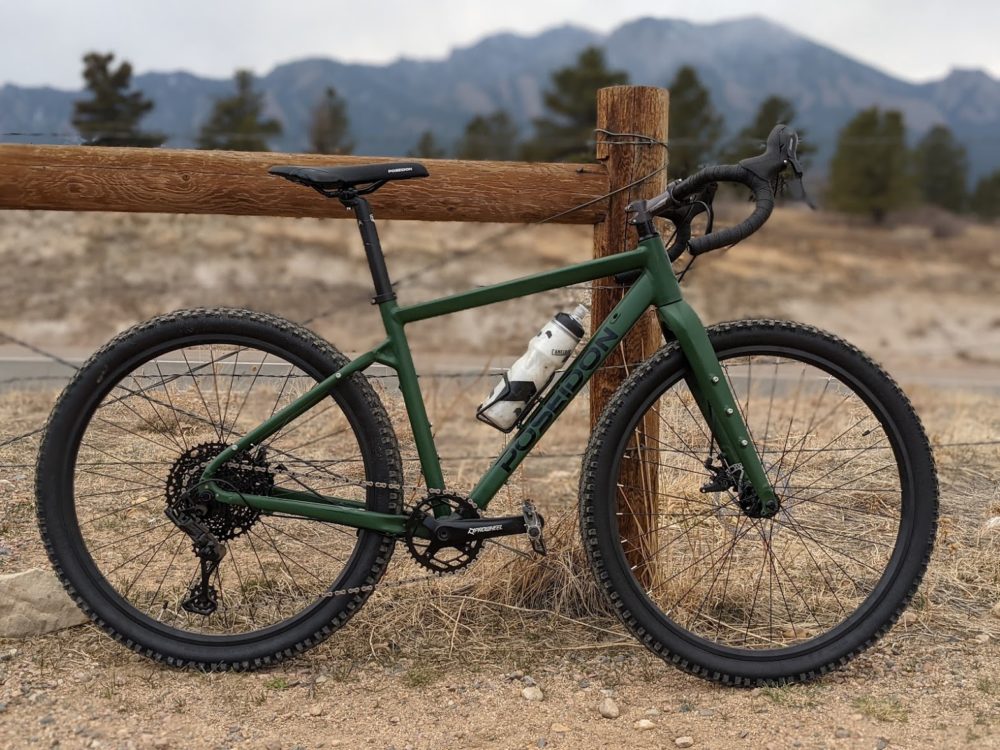
SEO and Readability
Incorporating keywords like bikepacking essentials for ultra-rides naturally into your planning and routines will ensure you’re well-prepared for any journey. Keep in mind the specifics of your travel routes and adjust packing lists accordingly. Efficient packing should address all aspects from clothing to food, prioritizing essentials to avoid overcrowding your bikepacking bags.
Visual aids like infographics and diagrams can enhance understanding of concepts like cycling cadence improvement or heart rate zones, offering readers a clearer picture of performance strategies.
Conclusion
In summary, mastering bikepacking essentials for ultra-rides is critical to enhancing your cycling experience. Through proper training, nutrition, gear selection, and safety practices, cyclists can optimize their performance and enjoy the thrill of exploring new bikepacking routes. Embrace these strategies and you’ll be on your way to conquering the most challenging terrains with confidence and enthusiasm. Try these methods, share your experiences, and join a passionate community of bikepackers looking to push their limits.
FAQs
What is the most important gear for bikepacking?
The most important gear includes bikepacking bags for storage, a reliable navigation system, energy supplements, and essential repair tools for maintenance.
How can I improve my endurance for long rides?
Endurance can be improved through gradual mileage increase, consistent training routines, interval training, and proper nutrition.
What should I consider when choosing a bikepacking tent?
Consider weight, ease of setup, weather resistance, and size when choosing a bikepacking tent to ensure comfort and protection.
Why are hydration systems essential for bikepacking?
Hydration systems are crucial for maintaining fluid levels during rides, preventing dehydration, and ensuring peak performance.
Which navigation apps are best for bikepacking?
Apps like Komoot, Ride with GPS, and Trailforks are top choices for bikepacking navigation, offering route planning and offline maps.
“`
